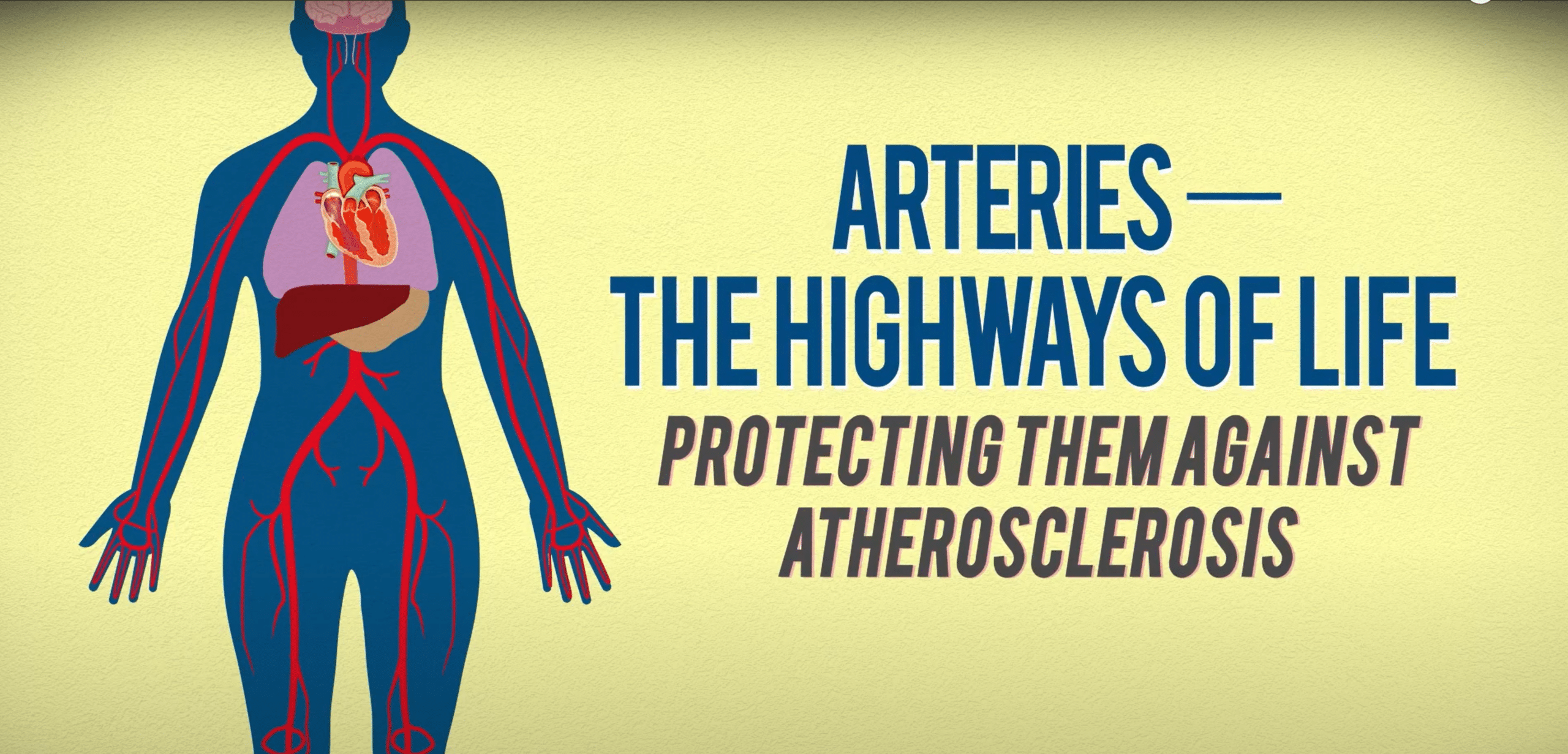
On the heels of American Heart Month, Amy Friedrich-Karnik, Vice President of Advocacy and Communications at WomenHeart, continues the important conversation about women and coronary artery disease (CAD) and peripheral artery disease (PAD) below.
Heart disease is the number one killer of women. Yet many women are unaware of this threat to their health or don’t know the risk factors. Many still think of heart disease as a man’s disease. That is why information and awareness – and taking control of your heart health – are critical for women; 80% of heart disease is preventable. And it is why WomenHeart, a national patient-centered organization, exists – to support, educate and advocate for women living with and at risk of heart disease.
The most common type of heart disease in the United States is Coronary Artery Disease (CAD). It is caused by a narrowing or hardening of the arteries that supply blood to the heart and, in some cases, can lead to a heart attack. Women tend to experience CAD later than men, with the disease occurring more commonly in women over age 60.
Women’s symptoms can be different from men’s. Women with CAD may experience pain or pressure in the chest, although are less likely than men to report this symptom. Women commonly report shortness of breath, fatigue, nausea, dizziness and a burning sensation in the chest or upper abdomen like indigestion. Many women experience one or more of these symptoms for weeks before having a heart attack, demonstrating the importance of listening to your body and seeing a health care provider if anything feels wrong.
Similar to CAD but less well-known is a condition called Peripheral Artery Disease (PAD), which is a narrowing or hardening of the arteries that supply blood to the legs. Like CAD, PAD can lead to heart attack or stroke. Left untreated, it can also lead to leg amputation. Symptoms of PAD can include painful muscle cramping in the legs and feet, often when walking, exercising or climbing stairs, discoloration of the leg when elevated, and cold feet compared to the rest of your body.
PAD is both underrecognized and undertreated in women. Women’s risk for PAD increases with age, and women often mistakenly associate the symptoms with aging. Further, women with PAD are more likely than men to be asymptomatic. Disparities for women of color are particularly acute when it comes to PAD. African-American women over age 70 have the highest prevalence of PAD at about 25%, with older Native American women about the same. Despite the fact that regular and timely treatment of PAD can prevent amputation in the vast majority of cases, African-Americans, as well as Hispanics and Native Americans, are more like to face amputations than White patients.
In order to address disparities in women’s awareness, diagnosis and treatment of PAD, WomenHeart has collected stories to better understand women’s experiences with PAD, convened experts, hosted a Congressional briefing on the topic, and supported the formation of the Congressional PAD Caucus (you can take action here!).
Women’s risk factors for both CAD and PAD include smoking, high cholesterol, diabetes, high blood pressure, obesity, family history and older age. Women can help prevent CAD and PAD by eating a healthy diet, getting regular exercise, not smoking, and managing their cholesterol, blood pressure and diabetes.
Women are not on their own when it comes to learning about heart disease and taking steps to control their heart health. And they’re not alone after they receive a diagnosis and need support and guidance on how to thrive while living with heart disease. WomenHeart is here to provide them with education and support and to advocate for their benefit.
Click here for an easy-to-understand infographic about CAD/PAD.
March 4, the Alliance and WomenHeart held a Twitter chat about CAD/PAD. Click here to view highlights from the chat.






